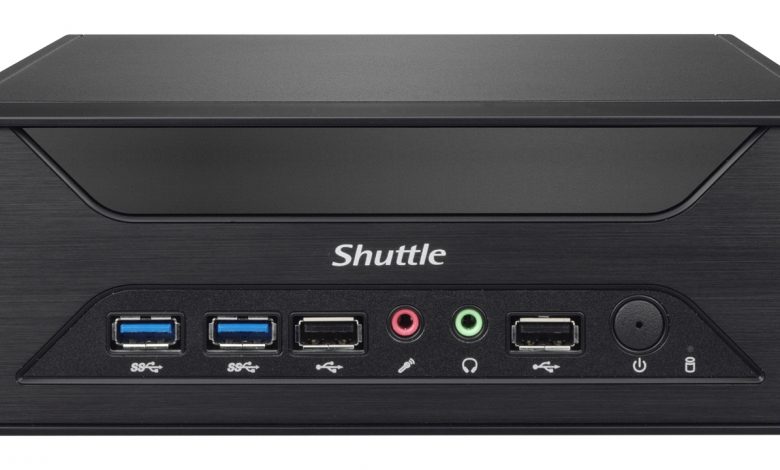Electrical Spotlight: Delivering Digital Signage Results
Don't let your shop be passed by the competition because you don't do electronic signage. And don't feel like you have to be a computer geek to offer it. Here's how you can do it.
Electronic digital signage has experienced high growth for the past 15 years and that growth trend will continue with no end in sight, said Lyle Bunn, strategy architect of dynamic signage in Ontario, Canada. That means that many traditional sign and digital graphics companies are getting into this business, which can have a steep learning curve.
Many municipalities have the perception that outdoor electronic digital signage is a distraction to drivers, so there is a long and arduous permitting process for outdoor electronic digital signage. As a result, outdoor displays aren’t as popular right now as indoor dynamic signage, Bunn said.
This segment of the market is growing at about a 23 percent annual rate, he said.
Growth is occurring because “the technology has proven itself in terms of delivering communications value. Nobody wants to buy digital signage for its own sake. What they want is the results it produces in terms of new revenues, new profits, and the reduction of business communications costs. We see this translating to sustained high growth,” Bunn added.
Sign providers who get into electronic digital signage also have an extraordinary opportunity for recurring and ongoing revenues by creating the content for these digital signs. Some traditional sign shops are not entirely comfortable with the technology or the integration that needs to take place with these signs. In those cases, they should partner with an audio/visual integrator who can help them service customers who want this type of signage.
If sign shops do want to sell this type of signage, it takes a different strategy than selling traditional signs. The best strategy is not to sell the technology, Bunn said.
“The strategy that works best is to start the conversation with what the business goals are, what the communication objectives are and then to move that conversation into answering the question about what type of content would need to be presented to achieve those business goals,” Bunn said.
Mark Shiroke, vice president of business development at DSA Phototech in Carson, California, agrees, saying that the “hardest thing is developing a clear objective that naturally evolves. What is the message you are trying to send and what is the objective of the ad? That is true in all advertising, but in many cases you can go to print with the image. With digital, you have to develop that content.”
The next step is to determine what kind of technology is needed to present that content in a way that gets the desired results.
What will the physical design of the network look like? Will it use a cable network or individual media players? Who will manage and update the content? Many clients overlook that part of the process, which can make or break the installation of digital signage, Shiroke said.
When electronic digital signage was in its infancy, many clients purchased signs but didn’t know anything about how to update them or produce content for them so their signs would sit, unused. That has made many customers gun shy about making this investment, Shiroke said. So it is a good idea if the sign shops peddling this type of signage know how to produce content for the signs or have a good partner who can work with them to produce content.
Many companies that purchase digital signage haven’t given any thought as to who will create the content, what level of quality they want, who will update the signs’ messaging and how frequently.
Some customers decide to go digital because they want to stay current and keep up with their competitors, but they rush into it without thinking about what all goes into making digital signage effective.
Bunn advised sign shops of wanting to be aware of the potential to use this medium wherever static signs are currently placed: medical office waiting rooms, local grocery stores, restaurants or anywhere else a client would like to promote their services or menus.
He encouraged them to see the opportunities wherever they are going about their day.
“If they are meeting with a customer to provide static signs, the natural question is, is this a good application for improving the targeting of the communication with dynamic signs,” Bunn said.
He added that sign shops should not be afraid of getting into this business. There’s a lot of support available from providers or possible partners so they don’t have to learn the technology if they don’t want to. The technology has also become “amazingly simplified with templates and is as close to plug-and-play and easy deployments that it has ever been,” Bunn said.
Shiroke said he believed that small sign shops should do their homework on electronic digital signage before they decide to start selling it.
“There are enough installations out there and enough examples to learn from, good and bad. Determine quickly who the largest providers are in the market space and see how, depending on what their goal is, they want to handle the sale. Subcontract with them as a provider,” Shiroke said.
He points out that it is hard for small companies to go into this business on their own.
“As a startup, without capital or backing or the funding you would need from named sources, you will struggle simply because there are too many well-established providers now that you have to compete with,” Shiroke said. He added that it’s not good to oversell yourself and take chances you shouldn’t be taking at this stage of the game in order to win the business, or you can try to buy it outright and give it away and not make money anyway.
If a small- to medium-sized sign shop decides to go ahead with this business, Shiroke said, small shops should promote the fact that they give more personalized attention, have faster response times and give more personalized service and support than a larger company can provide.
“A lot of times bigger companies become complacent from pushing new technology or offering new services. Once they have gone through research and development, services and solutions, the pressure for them to remain in front of the technology is less so. That often falls to smaller/medium size businesses,” he added.
Todd Heberlein, business development manager for Almo Professional A/V in Timonium, Maryland, said that one of the biggest benefits of digital signage is that it can be easily modified to fit with changing trends.
“Selling digital signage can lead to a revenue stream from ongoing subscriptions or content creation. This can cause some initial pushback for those who are used to selling static signage as it shifts from a capital expenditure to both a capital expenditure along with an operational expense. The person selling this type of service must be able to show the value that the ongoing expense provides,” he said.
Heberlein added that selling digital signage instead of static signage requires a shift into a more technical industry, which may intimidate some who have invested years in selling static signs.
“It requires an investment in time to learn basic networking, as well as content management software. Since there are over 600 different signage CMS providers, it’s important to find a partner who can help you navigate through each of the various components.”








